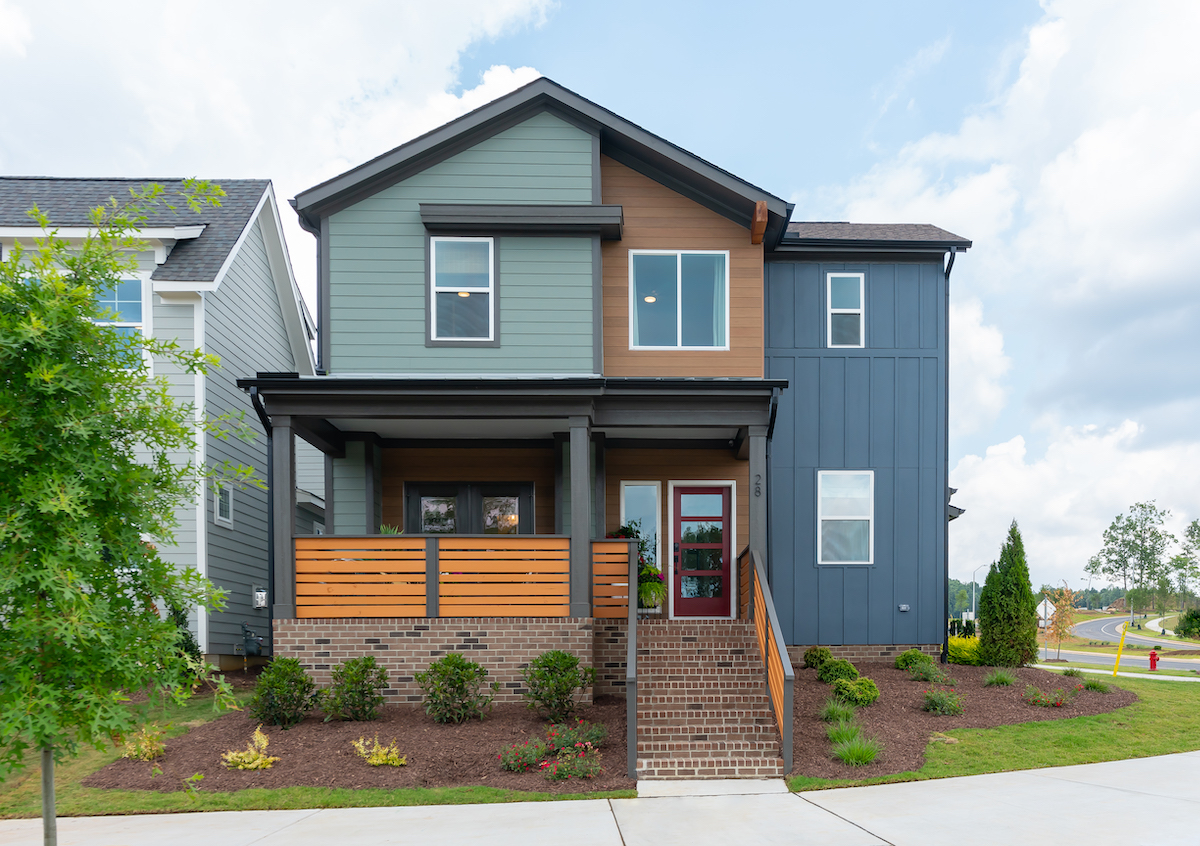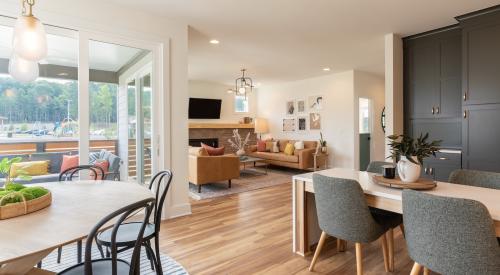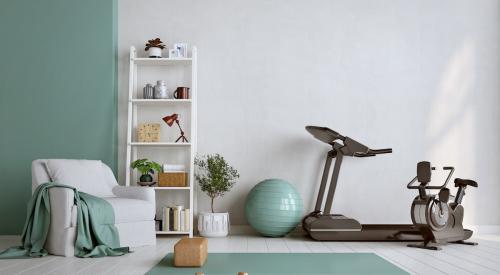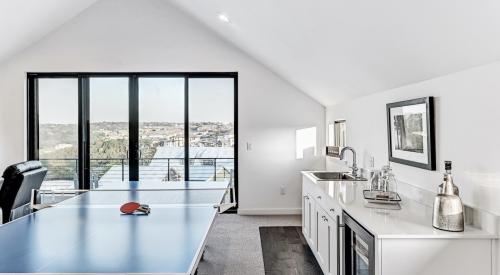At the onset of the pandemic, marketing expert Teri Slavik-Tsuyuki wanted to find the answer to a simple question: How will living and working at home change the way people think about home? That question would turn into the America at Home study and ultimately, a new single-family home that used those survey findings as a blueprint. That home, the America at Home Study Concept Home (also deemed Barnaby), wrapped up construction last month after just 60 days. The home features a school room, a family bathroom, attached quarantine guest suite, and a kitchen with so many functions it’s like a Swiss Army Knife, the builder told The Washington Post.
Subway tiles, powder rooms and clothes closets — all basic design elements found in many homes today — are design influences that linger more than a century after the 1918 flu pandemic changed attitudes about sanitation and health. Understanding the historical significance of the coronavirus pandemic will take decades of research, but its impact is already being felt on home designs.
“We know that interest in healthy living has been a trend for some time that was accelerated by the covid-19 pandemic,” says Nancy Keenan, president and CEO of Dahlin Group Architecture Planning in Pleasanton, Calif.
“I started researching previous pandemics to see if there were design trends that stuck around after the pandemics ended and found out that the powder room was invented during the [1918 flu pandemic] to provide a place to clean up before interacting with everyone in the house.”
Other 1918 flu-era design changes include using subway tiles in bathrooms for easier cleanup and built-in closets to confine clothes away from people and eliminate dust-catching armoires. Carpet and draperies were removed from bathrooms to reduce germs, Keenan says.












